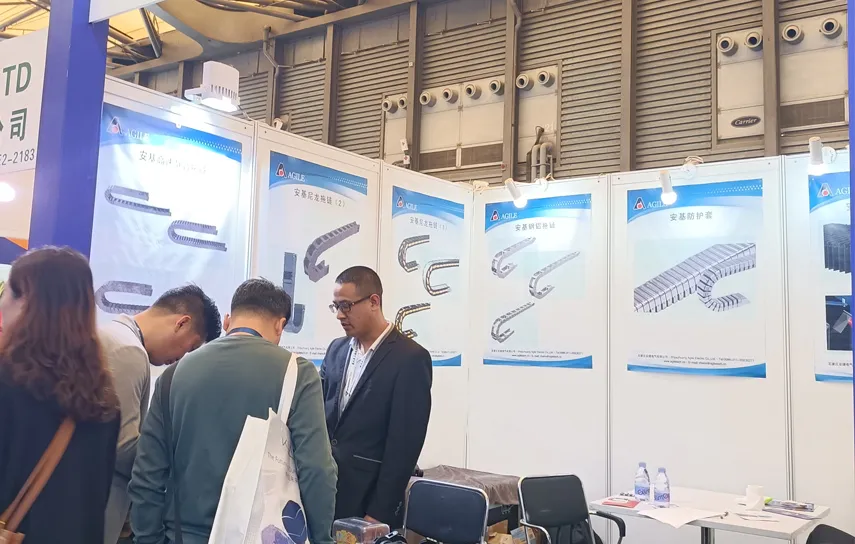helical offset tooth belt
Understanding Helical Offset Tooth Belts Design and Applications
In the world of mechanical engineering and power transmission, the importance of reliable and efficient systems cannot be overstated. Among the various mechanisms that facilitate this, the helical offset tooth belt stands out for its unique design and functionality. This article explores the features, advantages, applications, and considerations associated with helical offset tooth belts.
What is a Helical Offset Tooth Belt?
A helical offset tooth belt is a type of synchronous belt designed with teeth arranged in a helical pattern. Unlike traditional straight-tooth belts, the helical configuration allows for a more gradual engagement between the belt and the driving or driven pulleys. This configuration can significantly improve the smoothness of operation by distributing the load over a larger area, leading to reduced wear and tear.
Design Features
1. Helical Tooth Arrangement The defining characteristic of this belt type is the helical arrangement of its teeth, which are set at an angle to the direction of belt travel. This design makes it possible to achieve higher speeds without compromising on the belt's integrity.
2. Offset Tooth Geometry The offset aspect refers to the positioning of the teeth such that they interlock in a manner that minimizes backlash. This precise engagement enhances the transfer of power and improves the overall efficiency of the mechanical system.
3. Material Composition Helical offset tooth belts are typically made from high-quality materials such as neoprene or polyurethane, often reinforced with fibers like polyester or steel. This combination ensures durability, resistance to abrasion, and maintenance of operational integrity under varying conditions.
Advantages
1. Enhanced Performance The helical design minimizes noise and vibration, offering quieter operation compared to traditional belts. This is particularly beneficial in environments where noise reduction is crucial.
2. Increased Load Capacity The load distribution across the helical teeth allows these belts to handle higher loads, making them suitable for applications where high torque is required.
3. Lower Maintenance Requirements Due to their construction and the materials used, helical offset tooth belts typically require less maintenance than chain systems or gears, resulting in lower operational costs over time.
4. Versatility These belts are applicable in various industries, including manufacturing, automotive, and robotics, making them a versatile choice for many engineering applications.
helical offset tooth belt

Applications
Helical offset tooth belts can be found in a variety of applications, including
1. Automotive Engines They are often used in timing belts for internal combustion engines, ensuring the synchronization of engine components with precision.
2. Conveyor Systems In material handling, these belts can be employed to facilitate smooth movement of goods, especially in systems that require precise positioning.
3. Robotic Mechanisms The precise control offered by helical offset tooth belts makes them a popular choice in robotic applications where accuracy and reliability are paramount.
4. Textile Machinery They are also utilized in textile machines where consistent speed and low noise levels are needed for optimal performance.
Considerations
While helical offset tooth belts offer numerous benefits, certain considerations must be kept in mind
1. Alignment Proper alignment of the pulleys is crucial to ensure the longevity and performance of the belt. Misalignment can lead to uneven wear and premature failure.
2. Tensioning Maintaining the correct tension is essential. Over-tensioning can lead to increased wear, while under-tensioning might cause slipping.
3. Environmental Conditions The operational environment may affect the belt’s performance and lifespan. Exposure to extreme temperatures, chemicals, or dust can necessitate careful material selection.
Conclusion
In conclusion, helical offset tooth belts represent an innovative solution in power transmission technology. Their unique design, characterized by helical tooth arrangements and offset geometry, offers numerous advantages in terms of performance, load capacity, and versatility. Understanding their features and applications can help engineers and designers make informed choices in their projects, ultimately leading to more efficient and reliable mechanical systems.








